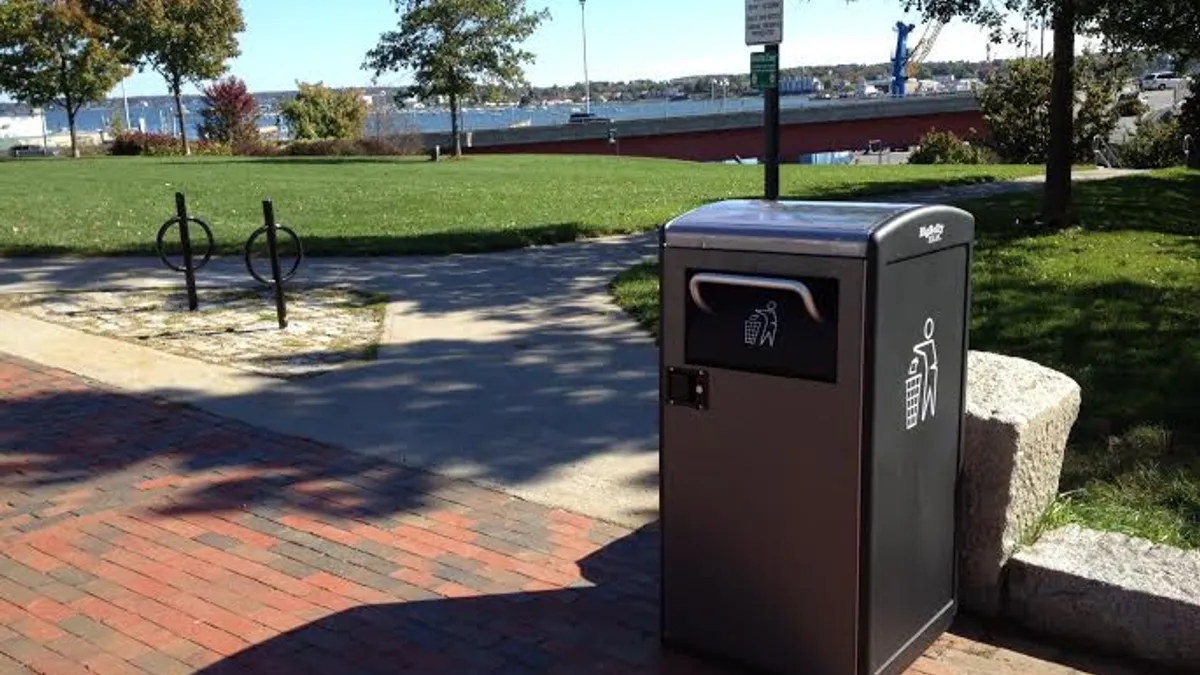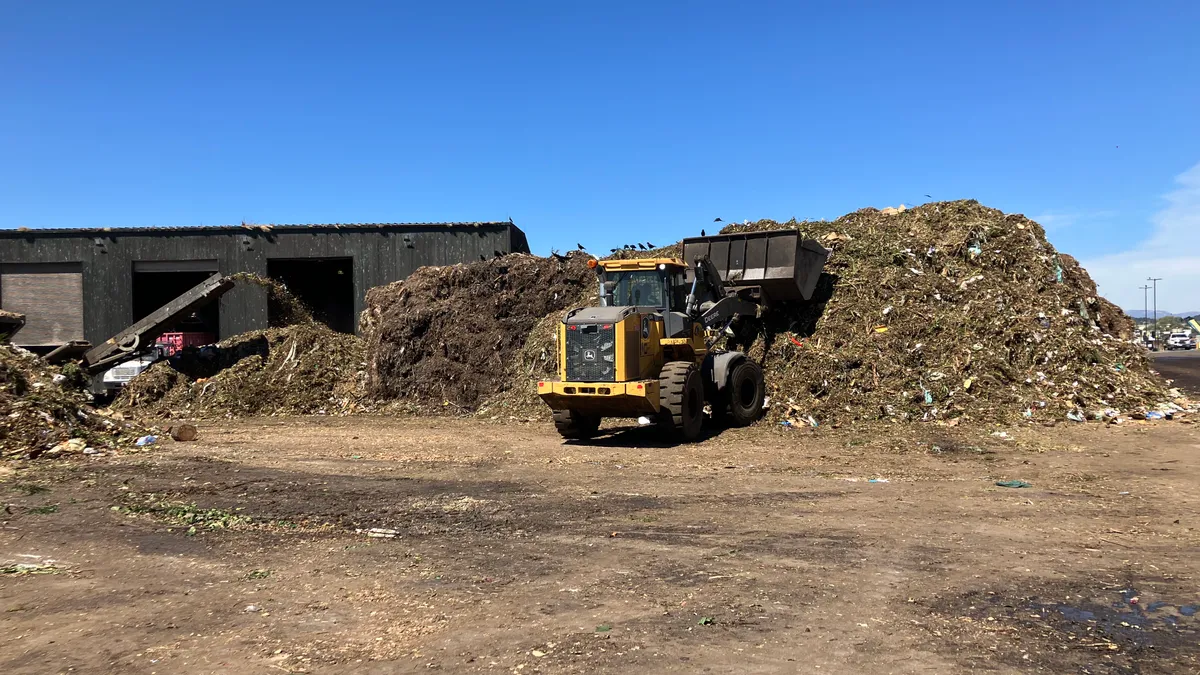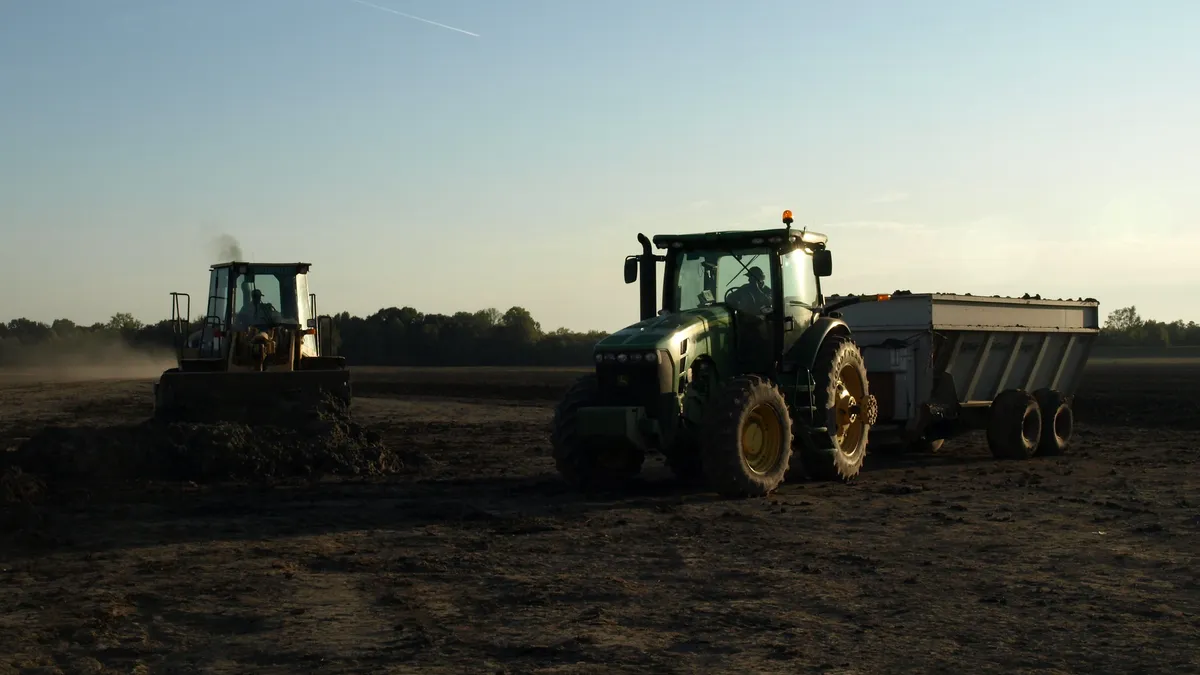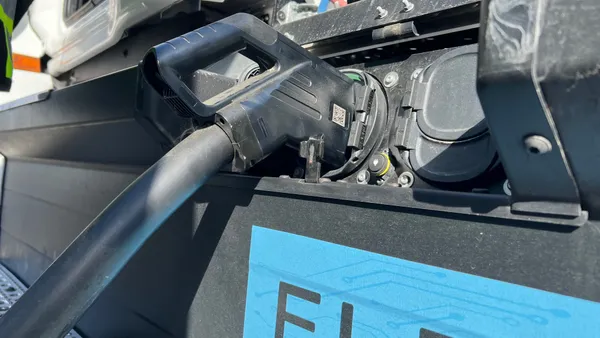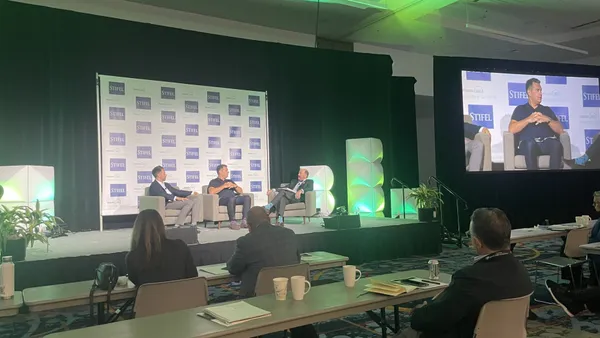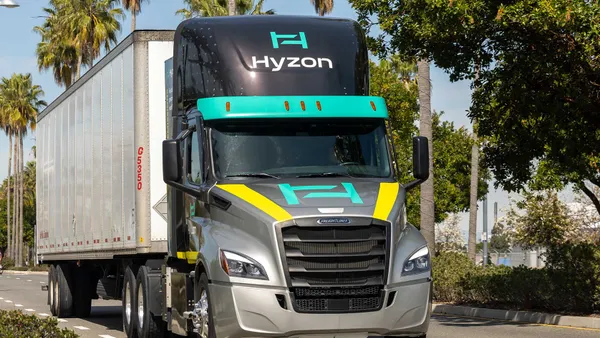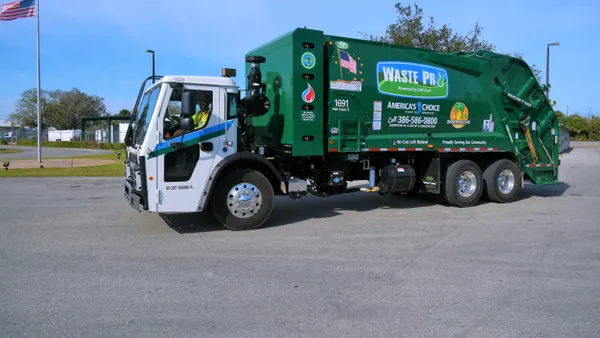Dive Brief:
- San Francisco Mayor Mark Farrell announced last week the city has installed five Bigbelly trash receptacles in the Castro District, and will install 15 more across the Central Market, Civic Center and Tenderloin neighborhoods.
- Each "smart" trash container is equipped with an automatic compacter — allowing them to hold five times more than a traditional receptacle — and technology that alerts collectors when the containers are full.
- The investment in Bigbelly containers is part of Farrell's citywide cleaning efforts. The mayor has also announced he will expand the reach of the city's "Fix-It Team" from 25 to 35 focus areas.
Dive Insight:
The magnitude of San Francisco's homeless problem has sparked a demand from residents and tourists for the city to improve sanitation — a demand which Farrell has taken to heart. In April, the incumbent mayor pledged $29.1 million for homeless services, and also announced $12.8 million in new investments that will advance the city's street cleaning plan.
The mayor appears to have taken a liking to Bigbelly receptacles, noting they are "efficient, smart answers to our cleanliness problems." Each receptacle runs on solar power, which aligns with the city's overall energy efficiency goals.
Bigbelly has become highly popular across major U.S. cities, and has targeted "smart cities" as primary markets. "By the nature of what we do, we happen to be in the places exactly where the people are," Leila Dillon, Bigbelly's vice president for marketing and North America Distribution, said in a 2017 interview with Smart Cities Dive. "We have to be there, because they need a place to put their waste and recycling." Bigbelly has also worked to attach Wi-Fi hotspots to its units, allowing cities with cellular bandwidth issues to improve service.
While San Francisco has only committed to 20 receptacles total, it is likely that if the receptacles are used properly and show results, the city will continue to invest in Bigbelly — and neighboring cities may follow suit.



